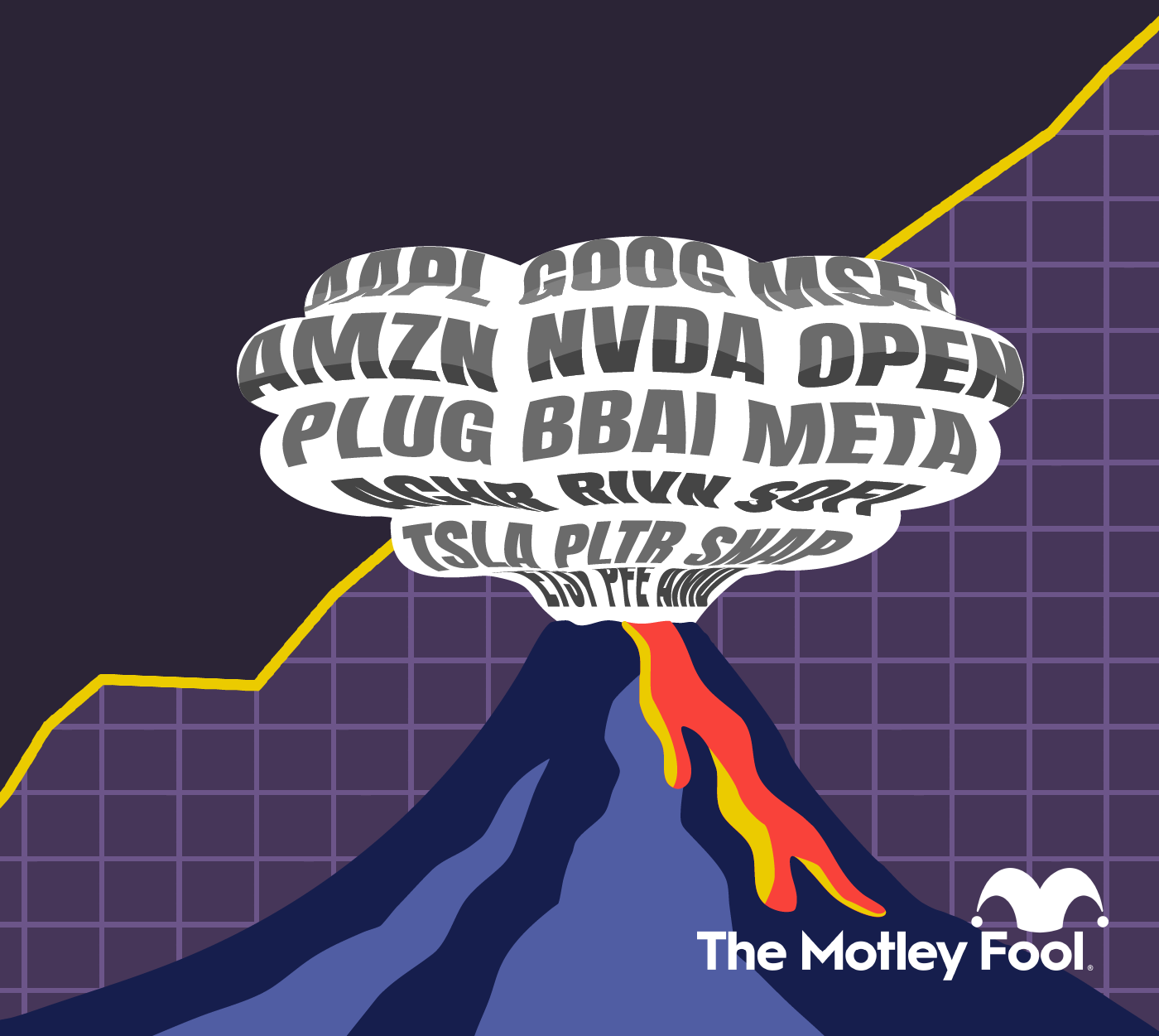The stock market opened mixed on Thursday, with the Dow Jones Industrial Average (^DJI +1.05%) and other major market benchmarks trading on either side of the unchanged mark in the opening minutes of the trading session. The volatility came after several days of gains on Wall Street.
Coming into the Thursday morning trading session, many investors had their attention squarely focused on the latest report on the Consumer Price Index (CPI) from the Bureau of Labor Statistics. The report capped a year of high inflation but gave more signs that upward pressure on prices might be easing. Below, you'll see a deeper dive into the CPI report from December and what it means for shareholders in various stocks.
Energy sends the CPI lower
The two primary headline numbers from the Consumer Price Index report gave a good snapshot of where prices have been and where they are now. For the month of December, the CPI dropped 0.1% on a seasonally adjusted basis from its November reading. Over the past 12 months, the CPI has risen 6.5%.

Image source: Getty Images.
The driving force behind lower prices was the energy sector. Gasoline prices fell 9.4% from the previous month, with fuel oil falling an even steeper 16.6%. That helped to offset price increases in electricity and natural gas utility service for the month, with energy overall seeing a 4.5% monthly drop and marking the fifth month out of the past six that the energy index declined.
Elsewhere, though, there were some continued signs of more stubborn inflation. Food prices were up 0.3%. Moreover, the core CPI that takes volatile food and energy prices out of the calculation rose 0.3% for the month, accelerating slightly from November's 0.2% monthly rise and finishing 2022 higher by 5.7% from where it ended 2021.
What it means for the Fed
Investors have paid close attention to inflation reports in large part because they have driven monetary policy from the Federal Reserve for the past year. After having allowed inflation to become more persistent than hoped, the central bank hasn't hesitated to take aggressive action to fight price increases, with seven straight increases in the federal funds rate. As a result of its action, the short-term interest rate controlled by the Fed rose by 4.25 percentage points in 2022.
What's less certain, though, is how the Fed will handle its monetary policy in 2023. At its most recent meeting, the central bank slowed the pace of its rate increases, opting for a half-percentage-point boost rather than the three-quarter-percentage-point hikes at its previous four meetings. Central bankers also indicated that they thought the fed funds rate could end up at 5.1% for 2023, suggesting another full percentage point of hikes at some point.
The immediate question facing investors is what size of rate increase is most likely when the next Fed monetary policy meeting ends on Feb. 1. Many market participants have hoped for a further slowing in rate increases to just a quarter percentage point. However, some Fed officials have continued to suggest a stricter handling of inflation, leaving the door open for another half-percentage-point hike.
How to handle inflation
Many investors are very afraid of inflation because it isn't something that they've had to deal with before. Rates of inflation hit levels during 2022 that the U.S. economy hadn't seen since the early 1980s, and that's left an entire generation of investors without any frame of reference for considering the current macroeconomic environment.
What impact inflation ends up having on investments depends a lot on how successful the Fed is in defeating it. If rates stay high for a long time, then it could raise the costs of capital for companies that relied on cheap debt financing during the 2010s long enough to pose major financial challenges. That would be unfavorable for some high-growth companies that aren't yet generating free cash flow of their own. Conversely, if inflation eases quickly, it would leave a lot of room for those same companies to thrive as costs of capital decline.
In the long run, though, inflationary pressures tend to ebb and flow, and this has been the first time in a while that the Fed has failed to maintain price discipline with its monetary policy. If prices get back under control, then it could lead to increased confidence in the stock market once again.





